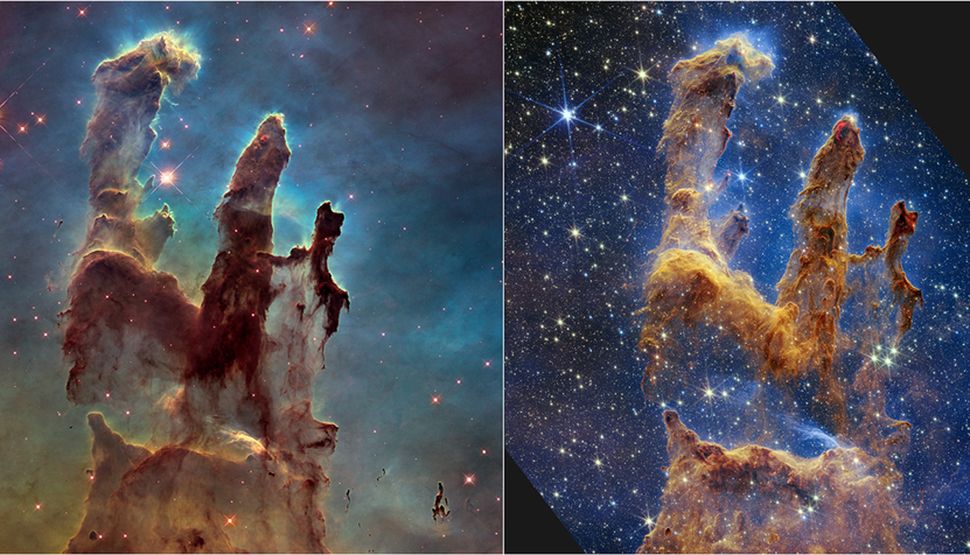NASA's James Webb Space Telescope (JWST) is renowned for capturing the universe with unprecedented precision and sensitivity. Its images are not only scientifically useful but also aesthetically pleasing. From the blue and gold hues of the Southern Ring Nebula to the pink, orange, and purple shades of Cassiopeia A, JWST images render the universe in brilliant color.
However, these stunning images often lead to a question: Do these cosmic objects genuinely exhibit such vibrant colors? What would they look like if we could observe them with our naked eyes, instead of through a telescope?
The Colors in JWST Images
JWST is an infrared telescope, which means it observes the universe in wavelengths of light that are longer than those of red light, the longest wavelength detectable by the human eye. If you could directly observe these celestial objects, you might see something closer to images from telescopes that rely on visual light, like the Hubble Space Telescope. However, even this comparison isn't entirely accurate, as Hubble is much larger and more sensitive than the human eye. Furthermore, visual-light telescopes might capture different features of an image than an infrared telescope would, even when focused on the same target.
How are the Colors Chosen?
The colors for these spectacular images are chosen based on the data captured through several filters attached to the telescope, each "seeing" in a certain range of wavelengths of infrared light. JWST's Near Infrared Camera, the telescope's primary camera, has six filters, each capturing slightly different images. These images are combined into a composite, allowing the science visual developers at the Space Telescope Science Institute (STScI) to create the full-color images.
When the images are first received, they appear in black and white. The colors are added later, as the data from the various filters are translated into the spectrum of visible light. The longest wavelengths appear red, while the shorter wavelengths are blue or purple.
The Purpose of the Colors
The colors in JWST's images may not be "real" in the sense of being visible to the naked eye, but they serve a crucial purpose. They are not chosen merely for their aesthetic appeal, but to communicate as clearly as possible what JWST can see — and what our eyes cannot. The images are intended to be scientifically accurate, particularly if they are presented alongside a specific scientific finding. Though the color images don't provide specific scientific data, they can help illustrate certain findings and even guide scientists towards areas they might want to research further.
Tags:
Cosmology

